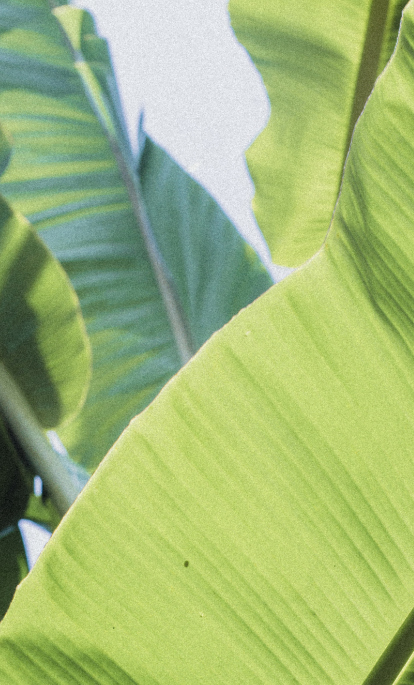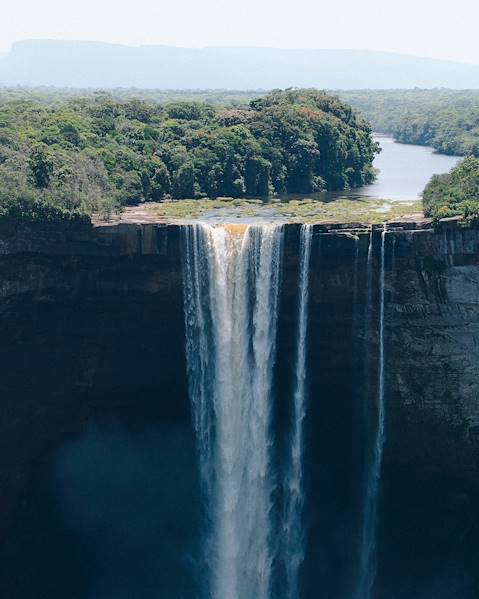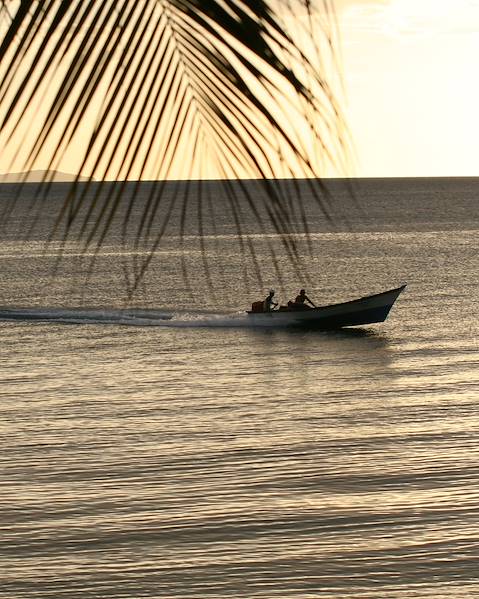Population
804,567 inhabitants (2021).
Languages Spoken
The official language of Guyana is English, and it is the only South American country with English as its official language. A large proportion of the population also speaks Guyanese Creole or Creolese (an English-based creole with African, Indian and Amerindian syntax).
People
Guyana is a diverse country, with its inhabitants coming from a vast array of cultures and backgrounds, including Aboriginal natives (known as Amerindians), those of Indian and African origins and a minority of Chinese and European descendants. As of 2012, the demographical make-up of the country was 40% East Indian, 30% Afro-Guyanese, 20% mixed race, 10.5% Amerindian and 1.5% Chinese or European.
Religion
According to the most recent census in 2012, 64% of the Guyanese population is Christian, 25% is Hindu and 7% is Muslim (mainly Sunni). There is a minority (less than 1%) of Rastafarians, Baha'is, Afro-descendent Faithists and Areruya (an indigenous faith system).
National Holiday
Guyana’s national holiday is the 26th May, which commemorates the country’s independence from Britain in 1966.
Holiday Calendar
January 1: New Year’s Day
February 23: Republic Day
February or March: Phagwah
March or April: Good Friday and Easter Monday
May 1: Labour Day
May 5: Indian Arrival Day
May 26: Independence Day
1st Monday in July: CARICOM Day
August 1: Emancipation Day
October or November: Deepavali
December 25: Christmas Day
December 26: Boxing Day
12th/15th of third month in the Islamic calendar: Youman-Nabi
10th day of the 12th month in the Islamic calendar: Eid-ul-Adha
History
Guyana’s history dates back to the 1st millennium BCE, when groups of Arawak, Carib and possibly Warao (Warrau) settlers practiced shifting agriculture and hunting in the highlands of the country. Christopher Columbus stumbled across the Guyana coastline in 1498 and the Spanish subsequently claimed this region, which stretched from the Orinoco River to the Amazon deltas and became known as the Wild Coast. Despite laying claim to the land, the Spanish largely avoided the area and it was the Dutch who began European settlement by establishing trading posts in Guyana in 1580. During the 17th and 18th centuries, the landmass was divided into five sub-regions, namely: British Guiana (now Guyana), Spanish Guiana (now eastern Venezuela), Dutch Guiana (now Suriname), Portuguese Guiana (now northern Brazil), and French Guiana which is currently a French department in South America. By the mid-19th century, the Dutch had begun importing slaves from Africa to cultivate sugarcane. The region changed hands multiple times – mostly between the British and French – during the French Revolutionary and Napoleonic Wars, from 1792 to 1815. In 1814, the British bought Demerara, Berbice and Essequibo, which in 1831 were united as the colony of British Guiana.
With the abolition of the slave trade in 1807 and full emancipation in 1838, freed men began establishing their own settlements along the coastal plain. Gold was discovered in 1879 and a boom in the 1890s boosted the economy. The British had inherited a complicated constitutional structure from the Dutch and in 1953, a new constitution was introduced, which included universal adult suffrage, a bicameral elected legislature and a ministerial system. However, the political history of the colony was tumultuous from 1953 to 1966, with periods of rioting and fighting between rival Afro-Guyanese and Indo-Guyanese groups which resulted in the arrival of British troops. The first elected government, formed by the People’s Progressive Party (PPP), appeared pro-communist hence the British suspended the constitution in October 1953 and dispatched troops. The constitution was not restored until 1957.
Following World War Two, the British Empire pursued a policy of decolonisation and Guyana achieved independence from the British on 26th May 1966. The country was declared a cooperative republic within the Commonwealth in 1970, cutting all ties to the British monarchy. Following independence, Forbes Burham rose to power and quickly became an authoritarian leader, promising to introduce socialism to Guyana. Following his death in 1985, subsequent political parties moved to liberalise the economy, yet still faced considerable financial and economic struggles. There were also widespread claims of electoral impropriety during subsequent elections and the 1992 elections were considered the country’s first fair and free elections since independence. Political unrest and violence continued, with the country facing severe flooding in 2005, which destroyed many crops and resulted in casualties. In August 2020, the PPP were re-elected and remain in power today. There are ongoing border disputes with both Suriname (which claims the area east of the left bank of the Corentyne River and the New River in southwestern Suriname), and Venezuela (which claims the land west of the Essequibo River).
Politics
The politics of Guyana operate in a framework of a representative democratic assembly-independent republic, whereby the President of Guyana is the head of government and of a multi-party system. The presidential candidate of the party or coalition receiving the most votes becomes president, and the president appoints the prime minister and Cabinet. Executive power is exercised by the President, advised by the Cabinet, while legislative power is vested in both the President and the National Assembly of Guyana. The judiciary is independent of the executive and the legislature.
Etiquette
Guyanese people are very welcoming towards travellers, although their communication style can often come across as quite direct. Tipping is common practice in Guyana, with 10-15% being the standard amount. In general, most Guyanese people have a flexible attitude towards time keeping, so bear this in mind when arranging activities. Travel delays are also common in remote areas, due to weather or wild animals blocking roads.
Shopping
Guyana is home to a number of markets, selling everything from food, jewellery and crafts, to fabrics and clothing. Stabroek Market is widely known as the biggest market location in the country and has attracted a great variety of business owners, whose wares include fresh produce, jewellery and clothes. Haggling for gifts and souvenirs is expected at street markets. In the capital – Georgetown – some of the world’s purest gold and diamonds can be found for sale, while the town of Demerara sells some sugar related paraphernalia, as one of the sugar producing capitals of the world. there are also a number of new shopping malls in the larger towns and cities across Guyana.
Food & Drink
Guyana’s cuisine is influenced by Creole, East Indian, Portuguese and European cooking. Staple ingredients include seafood, root vegetables (such as cassava and sweet potato), fresh fruits, bake (fried dough) and green seasoning (a combination of herbs, onions, hot peppers and garlic). Curries made from goat, lamb or duck are popular, while pepperpot (stewed meat flavoured with cassareep, hot peppers and cinnamon) and cook-up rice (a one-pot rice dish made with peas, beans and chicken) are also commonplace dishes. Freshly-squeezed fruit juice is found in abundance, thanks to the country’s prolific fresh fruit. Rum is the most frequently found spirit and Banks Beer is the national beer, while mauby (made from the bark of a local tree which is boiled, strained and sweetened) is another local favourite. It’s safest to avoid drinking the tap water and instead stick to bottled water.















